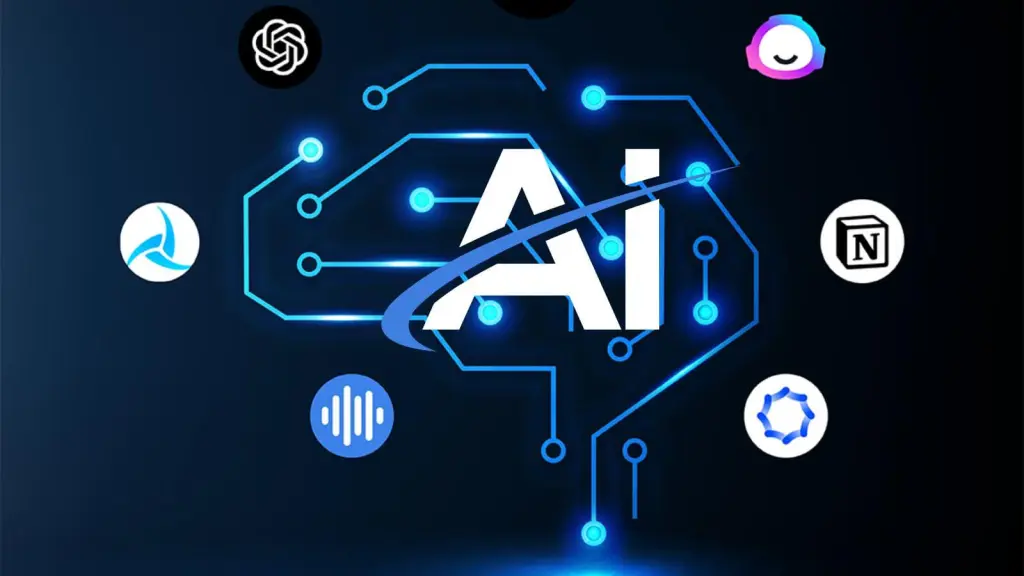Introduction
Generative AI has revolutionized the way we approach artificial intelligence. From generating realistic images and videos to creating coherent text and music, generative AI has opened up new possibilities for creativity and innovation. In this guide, we’ll walk you through the step-by-step process of developing a generative AI model.
Step 1: Define the Problem and Goal
Before starting the development process, it’s essential to define the problem you’re trying to solve and the goal you want to achieve. What kind of data do you want to generate? What is the desired output? What are the key performance indicators (KPIs) for your model?
Step 2: Choose a Generative AI Architecture
There are several generative AI architectures to choose from, including:
- Generative Adversarial Networks (GANs)
- Variational Autoencoders (VAEs)
- Transformers
- Recurrent Neural Networks (RNNs)
Each architecture has its strengths and weaknesses, and the choice of architecture depends on the specific problem you’re trying to solve.
Step 3: Prepare the Data
Generative AI models require large amounts of data to learn from. The data should be diverse, relevant, and well-annotated. Depending on the architecture and problem, you may need to preprocess the data, such as normalizing or tokenizing it.
Step 4: Design the Model
Once you have the data, it’s time to design the model. This involves defining the model’s architecture, including the number of layers, the type of layers, and the connections between them. You’ll also need to choose the optimization algorithm, loss function, and hyperparameters.
Step 5: Train the Model
With the model designed, it’s time to train it. This involves feeding the model the prepared data and adjusting the model’s parameters to minimize the loss function. You may need to tune the hyperparameters and experiment with different architectures to achieve the best results.
Step 6: Evaluate the Model
Once the model is trained, it’s essential to evaluate its performance. This involves testing the model on a holdout dataset and measuring its performance using metrics such as accuracy, precision, recall, and F1 score.
Step 7: Refine the Model
Based on the evaluation results, you may need to refine the model by adjusting the hyperparameters, adding or removing layers, or experimenting with different architectures.
Step 8: Deploy the Model
Once the model is refined, it’s ready to be deployed. This involves integrating the model into a larger application or system, such as a web app, mobile app, or API.
Conclusion
Generative AI development is a complex process that requires careful planning, design, and execution. By following these steps, you can develop a generative AI model that produces high-quality, realistic data. Remember to stay up-to-date with the latest advancements in generative AI and to continually refine and improve your model to achieve the best results.




